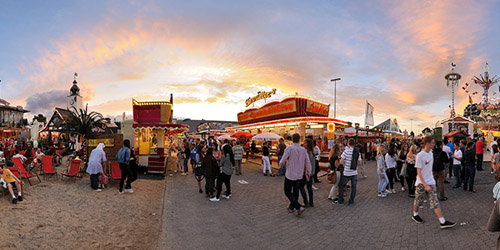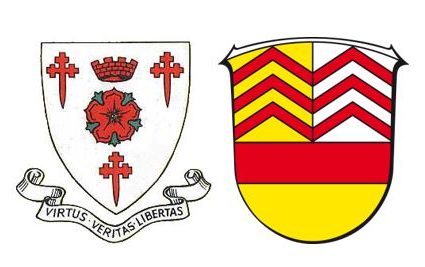Where is Bad Vilbel?
Bad Vilbel is located on the northern borders of the City of Frankfurt in the Federal State of Hesse in the Federal Republic of Germany. It is home to more than 30,000 residents and is growing every year with new businesses and residential developments.
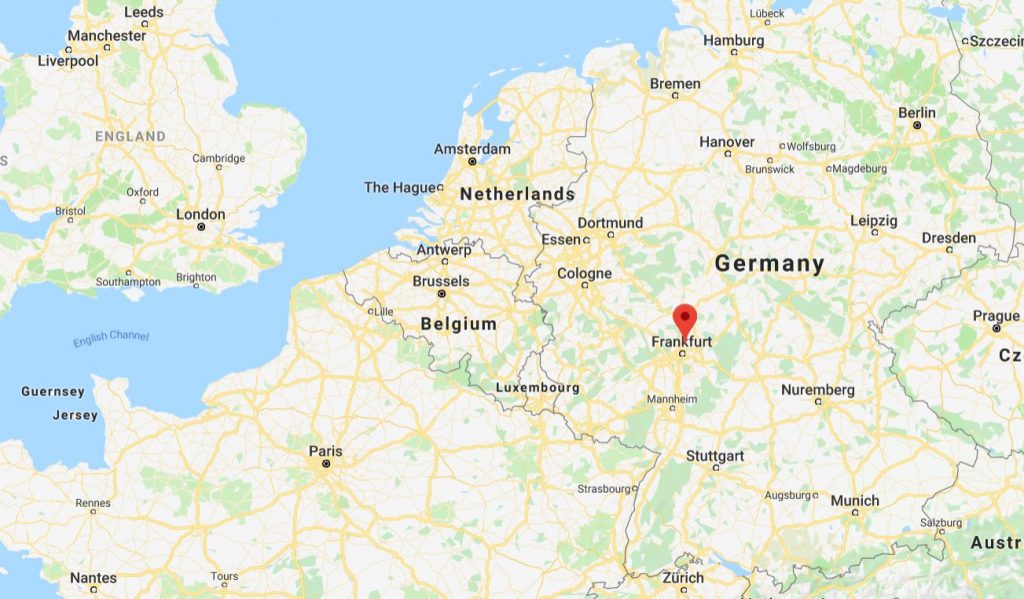
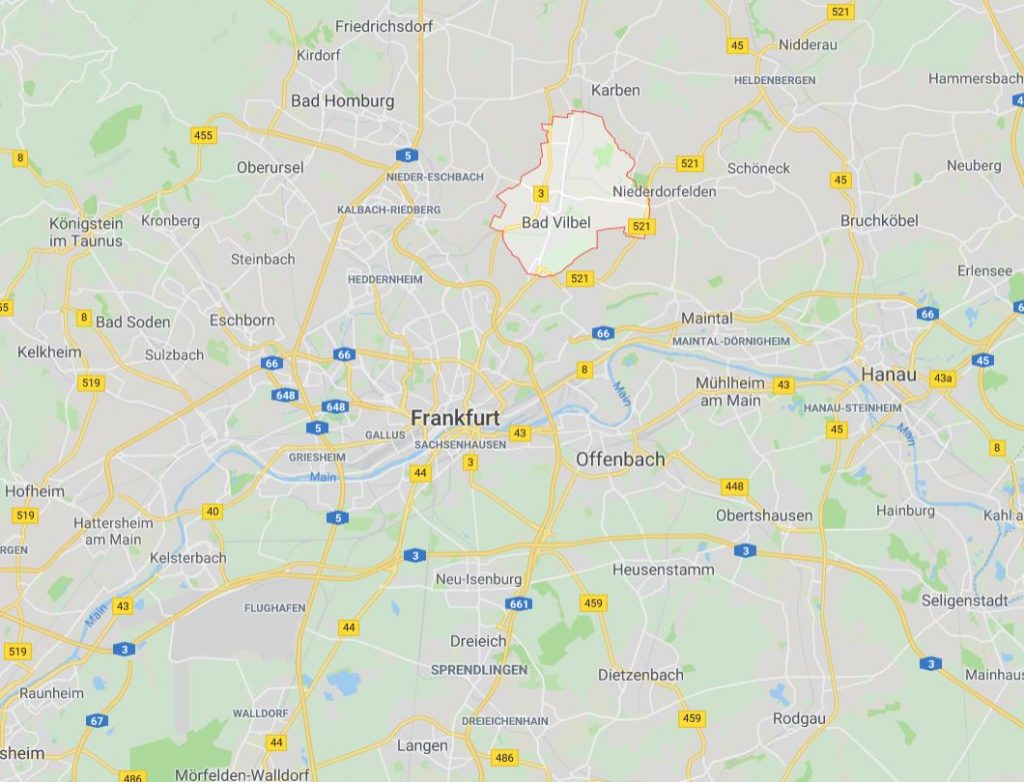
The history of the town goes back a very long way with evidence that the region was inhabited in prehistoric times. During the Roman era the district was a junction connecting transport links between the various Roman settlements. Many people have moved into the town because of its close proximity to Frankfurt and it is a good place to escape the hubbub of the city with its town forest, park landscapes, river and fields and meadows. Bad Vilbel has an excellent infrastructure as it is linked into public transport and the excellent road network. In Bad Vilbel you are offered a very diverse culture and its people are most friendly and hospitable.
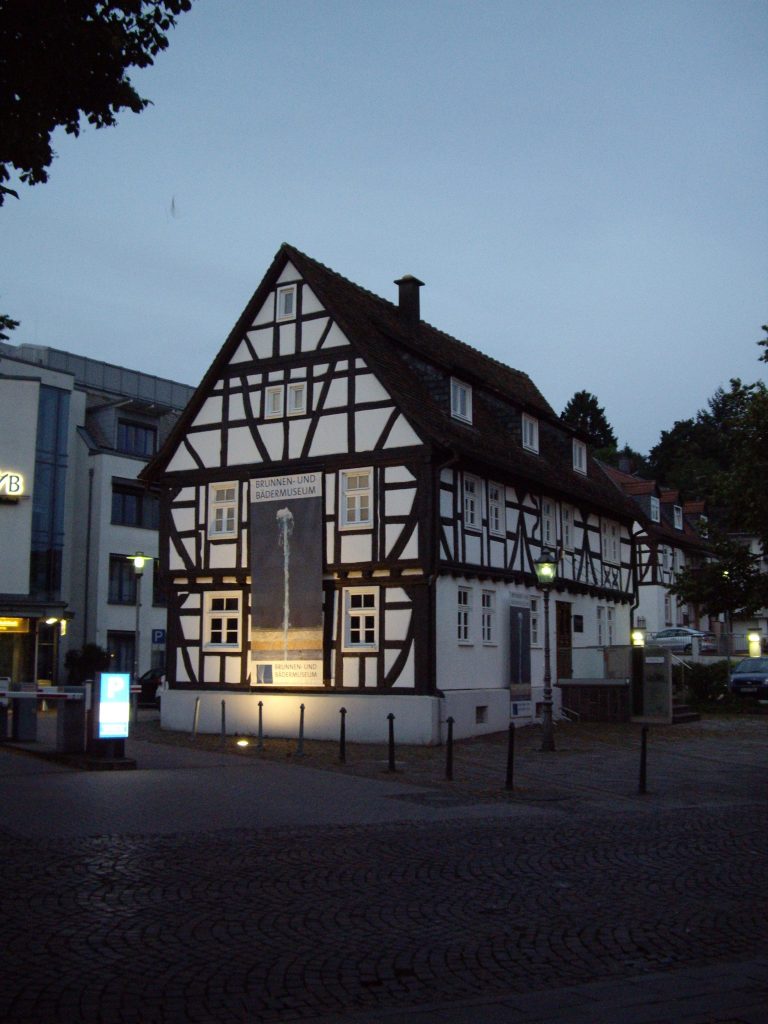
The oldest part of the town is situated between the historic Town Hall and the Church of the Resurrection. The town developed as a street village along Frankfurter Strasse. In Stagecoach days numerous guest houses, inns, horse exchange stations with taverns, crafts and businesses were built along this trade route to Frankfurt. Today this part of the town remains the main centre for trade and services. The Market Square has for centuries been the town centre and all the roads converge there. It was where originally the River Nidda was crossed by ford until the bridge was built. The town then grew along the star-shaped transportation routes.
The oldest buildings in the town were built in the half-timbered Franconian style, with a good example being the old town hall (altes Rathaus) dating back to 1498. Until 1979 the building served as the mayor’s office and the police station; it is now home to the town’s registry office and the town archives are housed in the basement, in the former wine cellar. Many of the town’s historical buildings have been preserved and lovingly restored. For example, the old mill (alte Mühle), first mentioned in writings of 850 AD. and operational until the 20th century, was bought by the town in 1991, elaborately converted and restored and re-opened as a cultural centre.

The oldest surviving site of historical interest in Bad Vilbel is the castle complex (die Wasserburg) whose ruins can still be seen next to the River Nidda. The original building on the site dated back to 774 AD. when an aristocratic lady donated it to the monastery of Lorsch (a significant Romanesque monastery in nearby Rheinland Pfalz). After a turbulent history, the castle and fortress were burnt down by French troops in 1796. In 1955, the town of Bad Vilbel bought the castle ruins and established the Mineral Springs and Heritage Museum. Since 1987, the courtyard of the castle ruins serves as the venue for the annual outdoor theatre festival (Burgfestspiele).
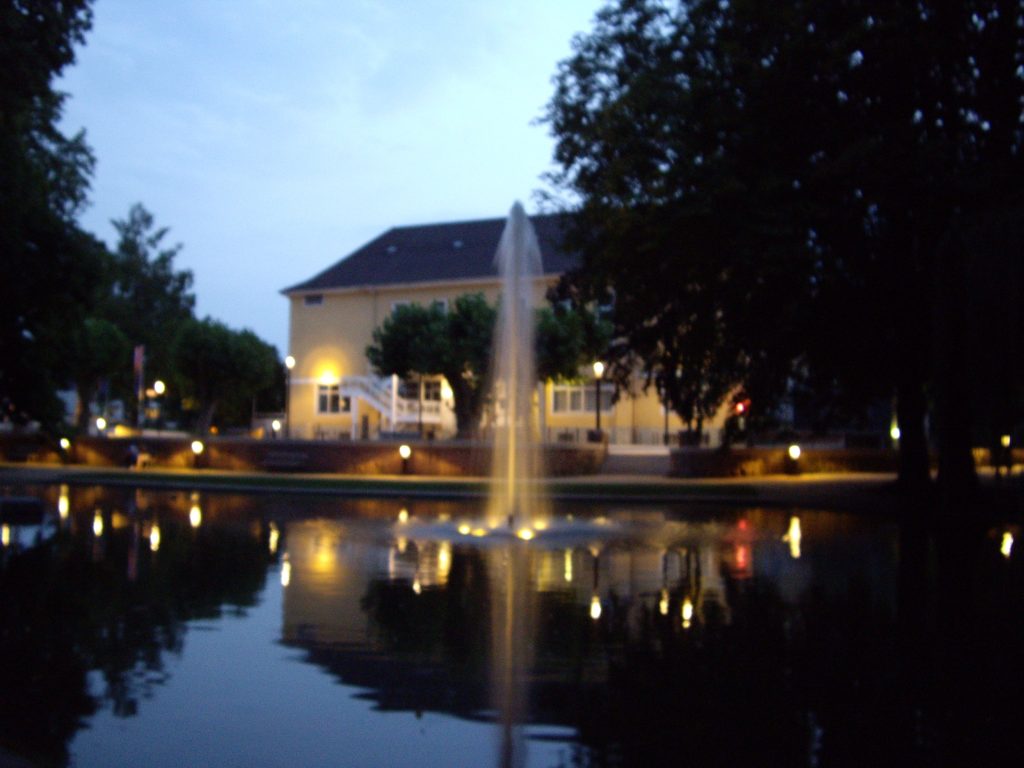
Vilbel is famous for the healing powers of its mineral springs and its role as a spa goes back to Roman times. It was awarded the prefix “Bad” in 1948 in recognition of its “spa status”. Towards the end of the Middle Ages, the spring water, having a high mineral content, was recommended to the Bishop of Speyer as particularly beneficial “for the alleviation of intestinal problems and for the stimulation of body fluids”. The “Fountain of Health” was so popular that the water was auctioned for a commission to whoever bid the highest. From 1808 there were five major water distributors who delivered approximately 200,000 stone jugs of water to Frankfurt and Offenbach annually. The town’s population had the right to draw water from the mineral springs for its own consumption free of charge. By the end of the 20th century, Bad Vilbel was producing over 600 million bottles of mineral water per year, accounting for almost 10% of the total German mineral water industry.
During construction of the Main-Weser railway line in 1848/49, sections of Roman wall were found and subsequent excavations uncovered the remains of a mosaic floor. It covered almost 35 square metres and was very well preserved. It was one of the most significant Roman finds in central Germany at that time. The mosaic, depicting a sea-god, was the main decoration of a 10×12 metre bathing hall and lay in front of a 7 metre long marble-edged pool. The original mosaic is now housed in the State of Hessen Museum in Darmstadt but a copy can be seen in Bad Vilbel.
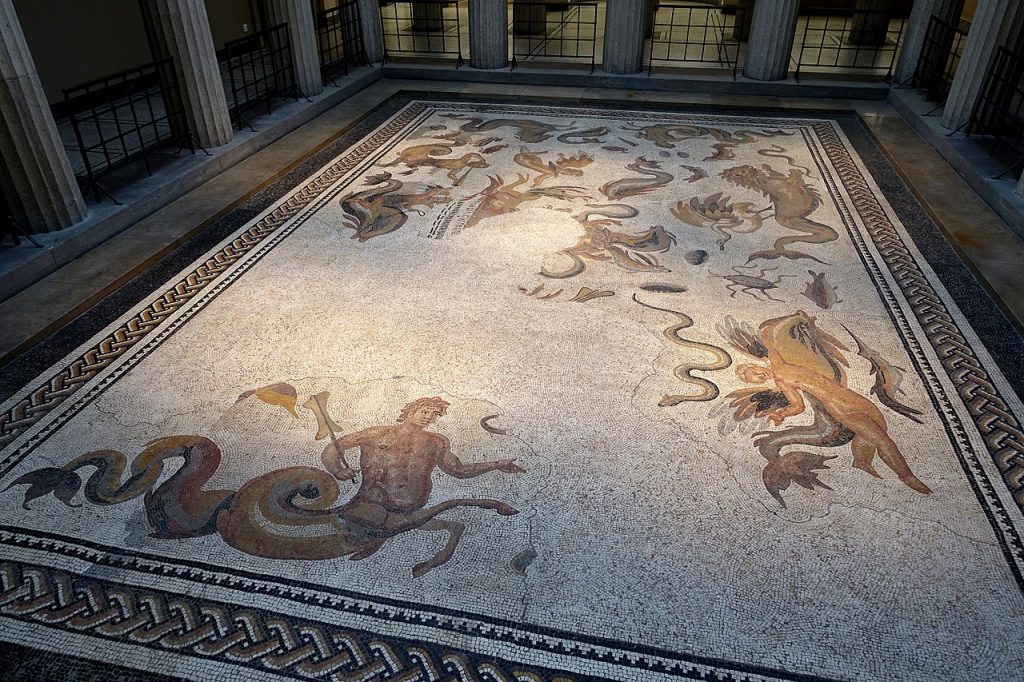
The annual Bad Vilbel market is one of the largest festivals in the Wetterau region. The market, which starts on the third weekend in August, boasts fairground rides, amusements and stalls selling a wide range of novelty items. Of course, visitors can also sample the local specialities, such as “Rippchen mit Sauerkraut” at a plethora of food outlets and cafes. The air is filled with the aroma of roasted almonds and popcorn. On Tuesday the market’s main attraction is the livestock fair, with animals from far and wide being exhibited. The market concludes with a spectacular firework display on the following Sunday.
